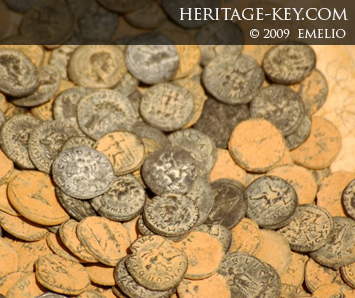If you know about Mesopotamia economy, you will know how the financial situation was during the dawn of civilization. Primarily trade and commerce which led to economic development, was triggered after the farmers learned the art of irrigating their land. Slowly, they found they could easily grow more food than they could possibly eat. They learnt how to sell the surplus for goods and services.
Given its strategic location in the Fertile Crescent, Mesopotamia had a well developed agriculture where animal products and grain were produced abundantly.

Bartering was common in the absence of currencies and tangible items including animals and goods were traded. The worth was determined by the demand, available and quality of the products. The location between the famous Tigris and Euphrates helped to a large extent.
In the city state of Sumer, Ur was a major center for trade and commercial activities, but temples were the primary source of employment and were the hub of all commercial activities. The economy of Mesopotamia depended on where the people were located.
The hill people required wheat and barley while they could sell copper, silver, gold, limestone and timber. People who lived in the river valley could provide flax which was woven into cloth.
River transportation:
The rivers, Tigris and Euphrates, helped in water transportation of the goods. It was more economical. Wood went into the manufacture of boats, furniture and ships. As the boats had to face strong river currents, they were frequently damaged.
Boats had to travel upstream and had to be dismantled after each commercial trip downstream. But transportation through boats was feasible and economical as well.
Economy in Mesopotamia was good as the people were clever. They used different types of boats for transporting various products. Boats were made of wood with a triangular sail and from reeds shaped like a tub. There was a timber raft supported with inflated animal skins.
Transportation in the economy of Mesopotamia received a boost once wheel was discovered by Sumerians. A system of writing was developed to track accounts in the economy in Mesopotamia.